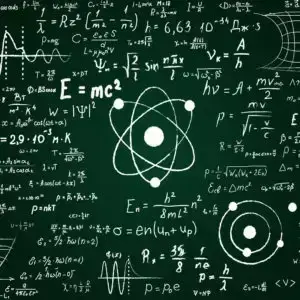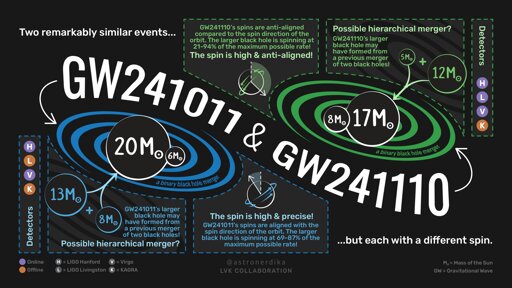Very cool paper and I don’t want to be the Internet Armchair Astrophysicist, but doesn’t the fact that we’ve already observed a merger show that second-generation black holes are a thing? Or is this evidence that BH mergers (and therefore second-gen BHs) might be more common than we previously thought?
We had seen merges of two first generation black holes but never of this type which would have had at least one other merger prior to this merger detected (either four merged into two merged into one or some other configuration like that). That’s what they mean by hierarchical mergers.
“Second-generation” isnt referring to whether it merged before, it’s referring to (and this might be a not fully correct analysis either) whether conservation of angular momentum got fucked up, like when you’re playing Mario Kart and you get smacked so many times that you get confused and start driving in the wrong direction.
It absolutely does mean having merged in the past. That’s why the rotation is different.
That Mario Kart simile may be accurate, but it also got my emotions going in all sorts of directions.





